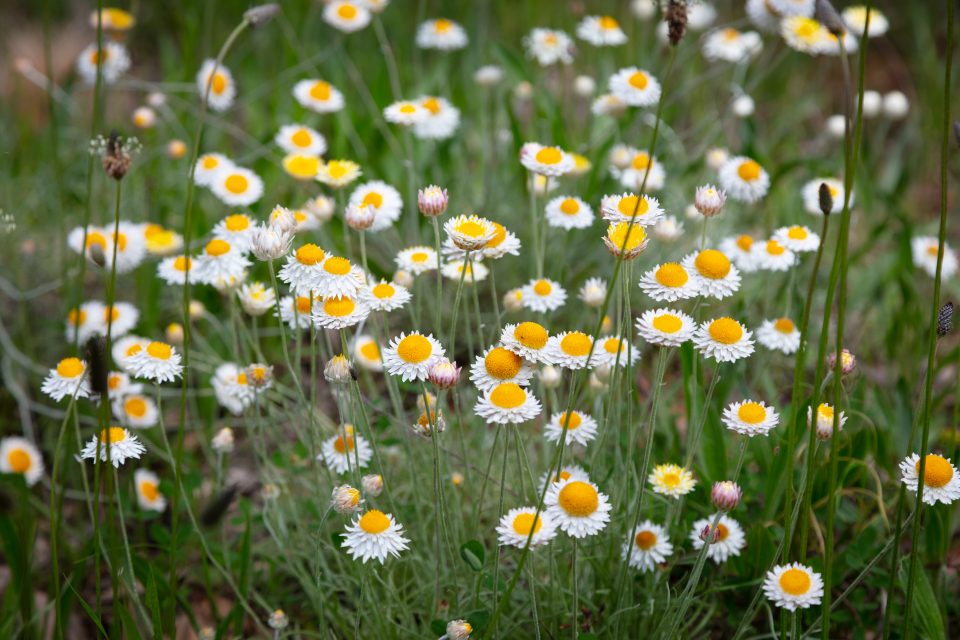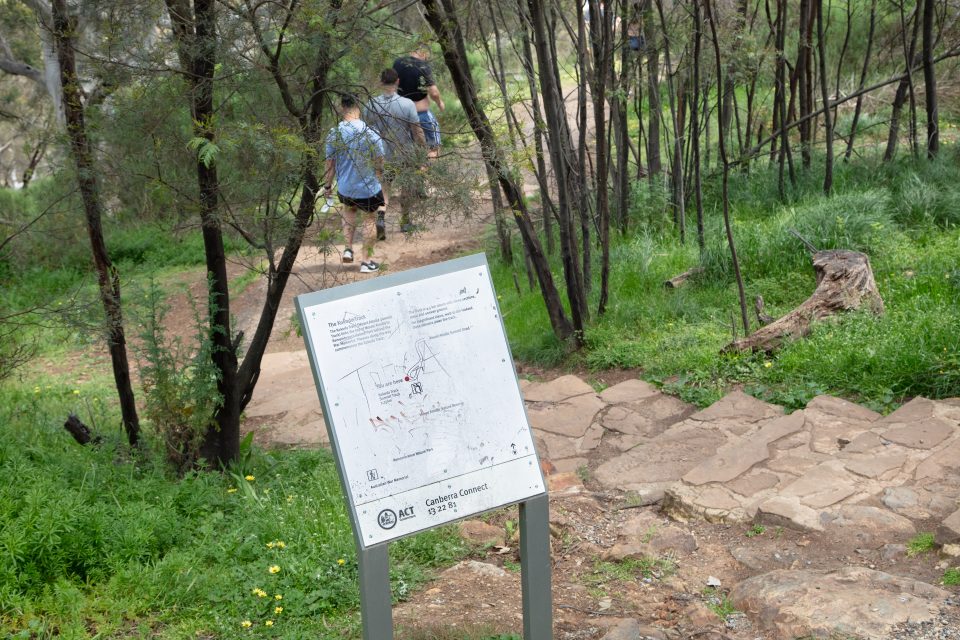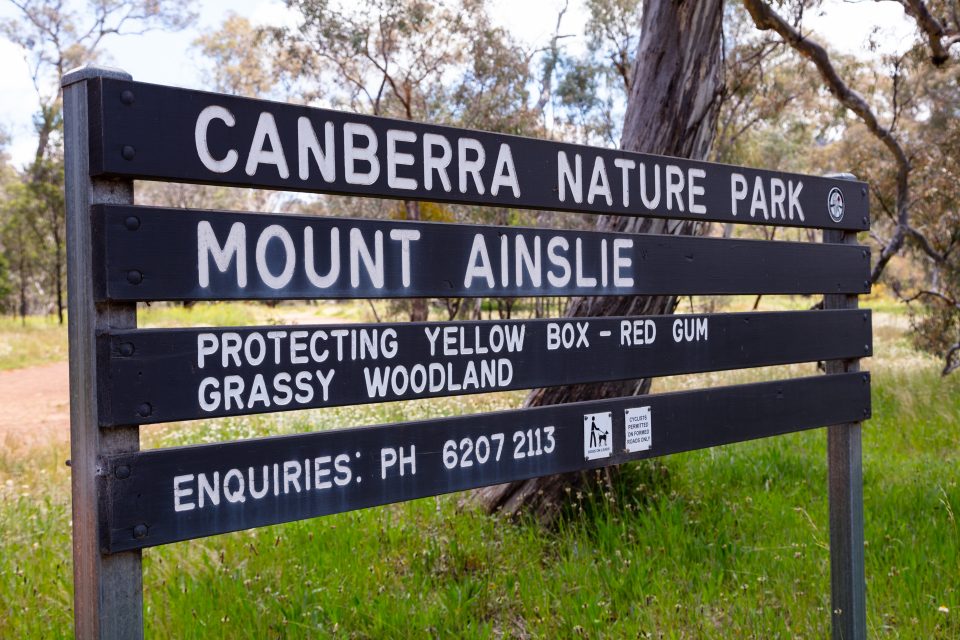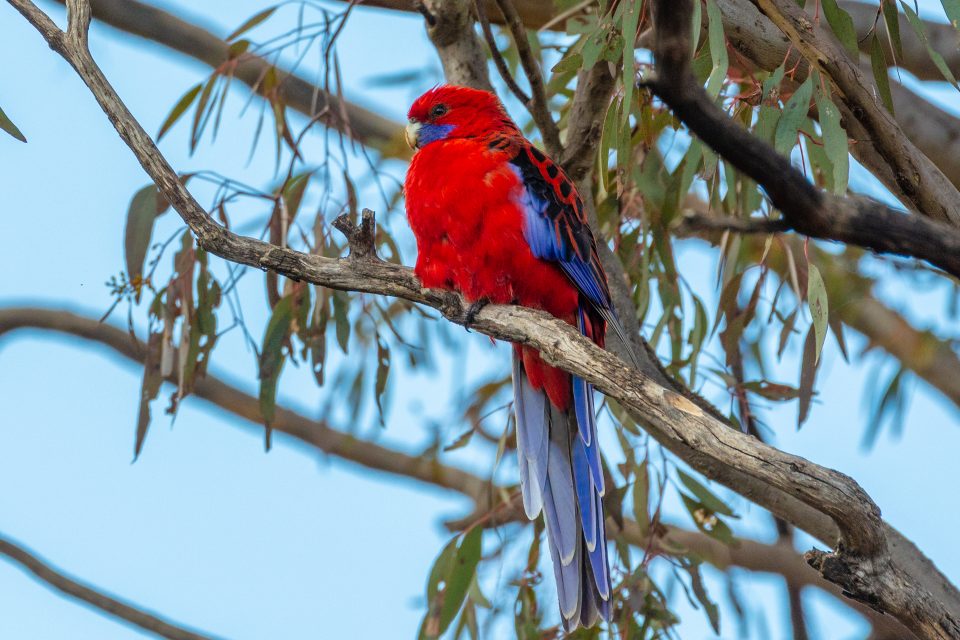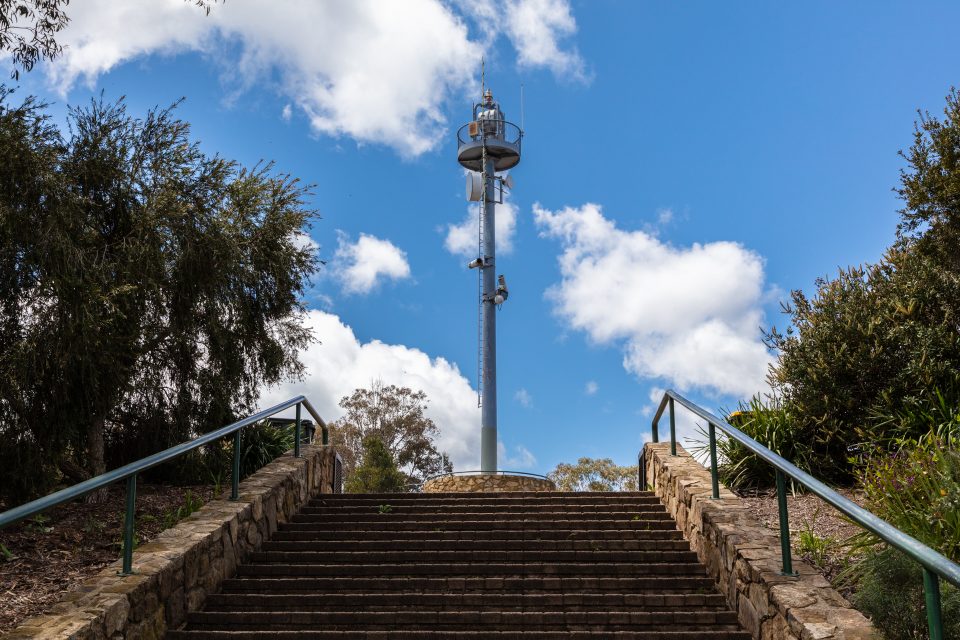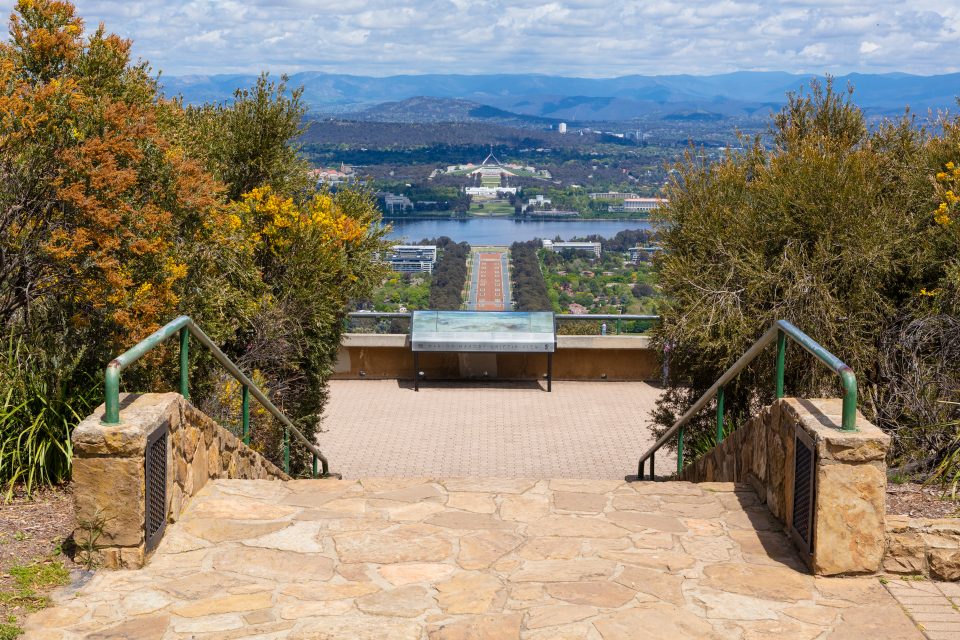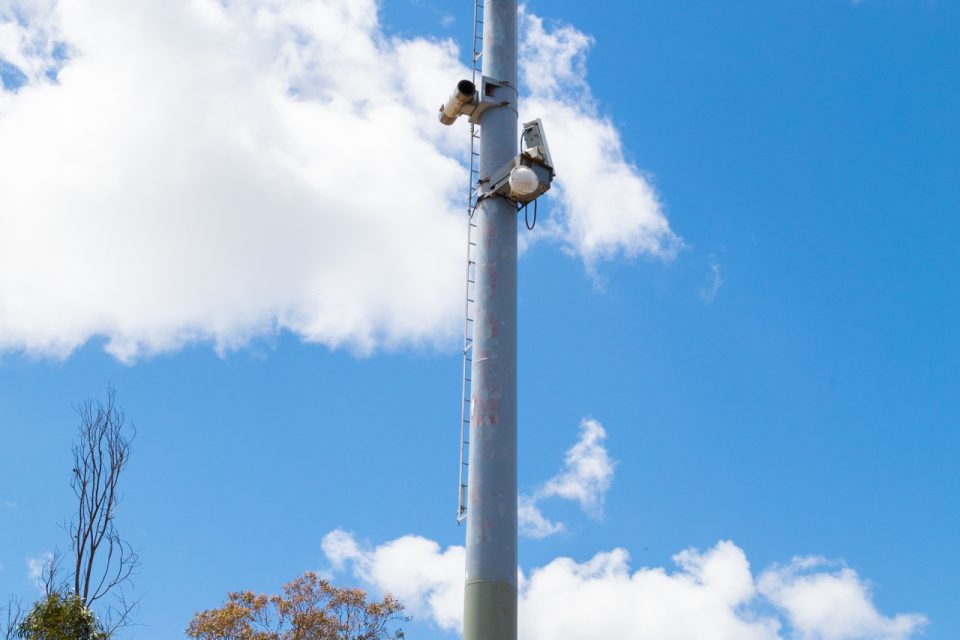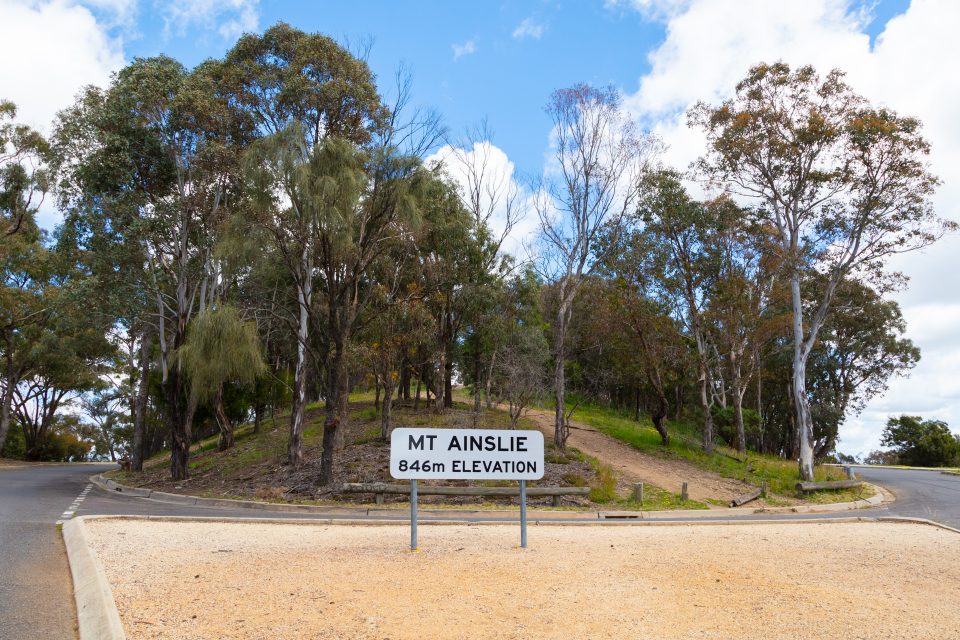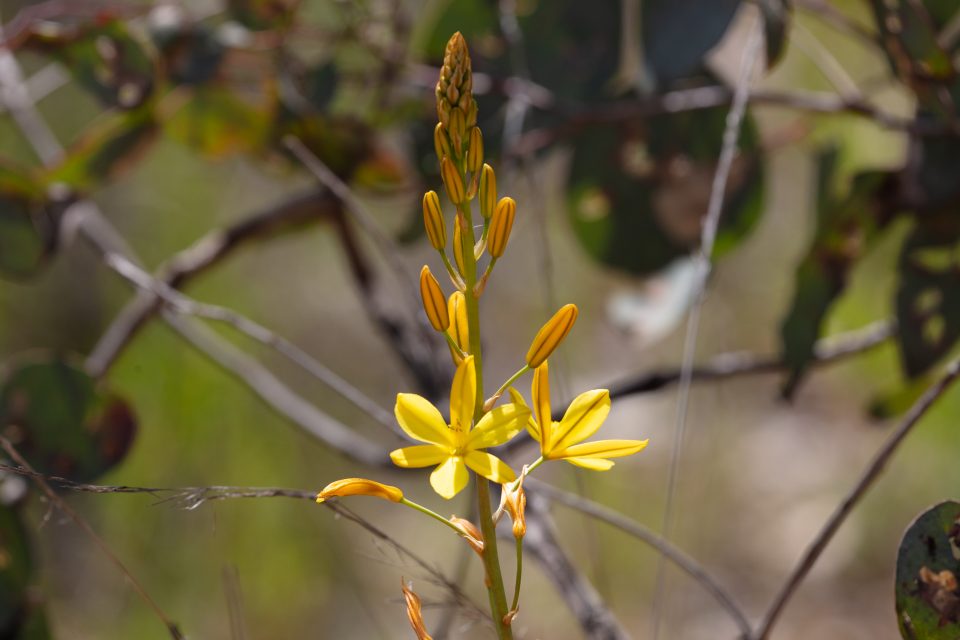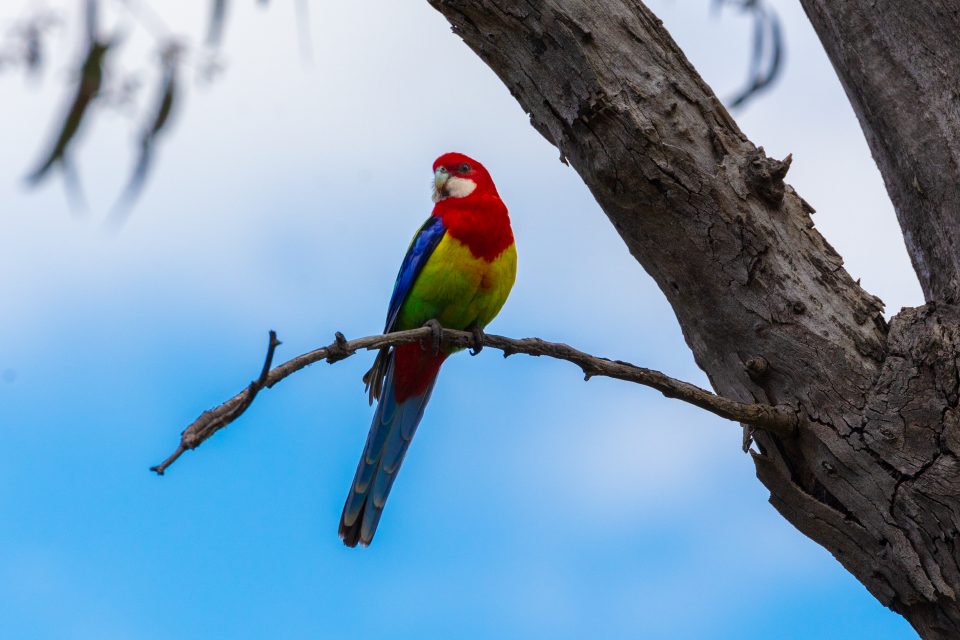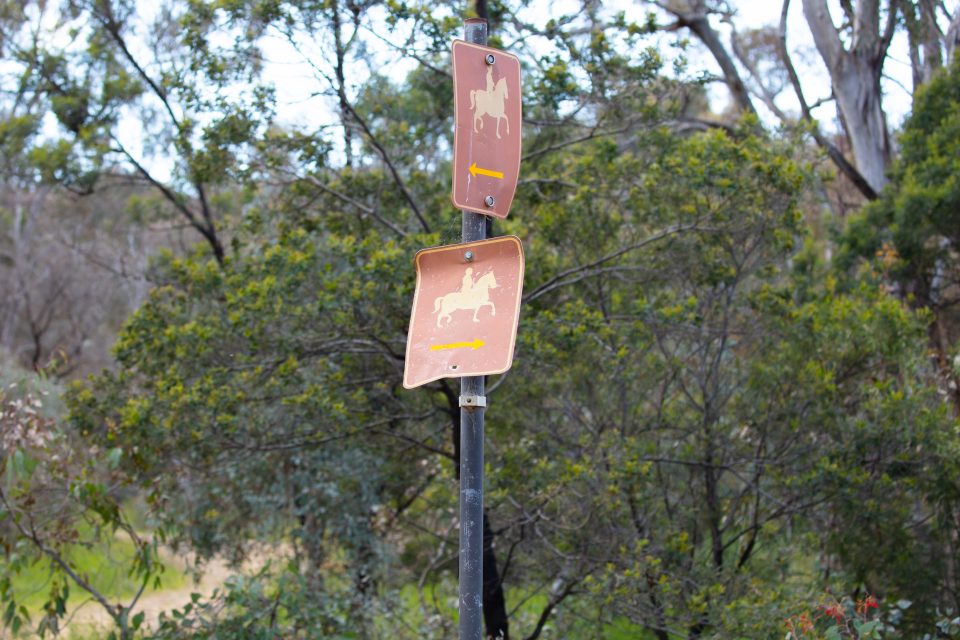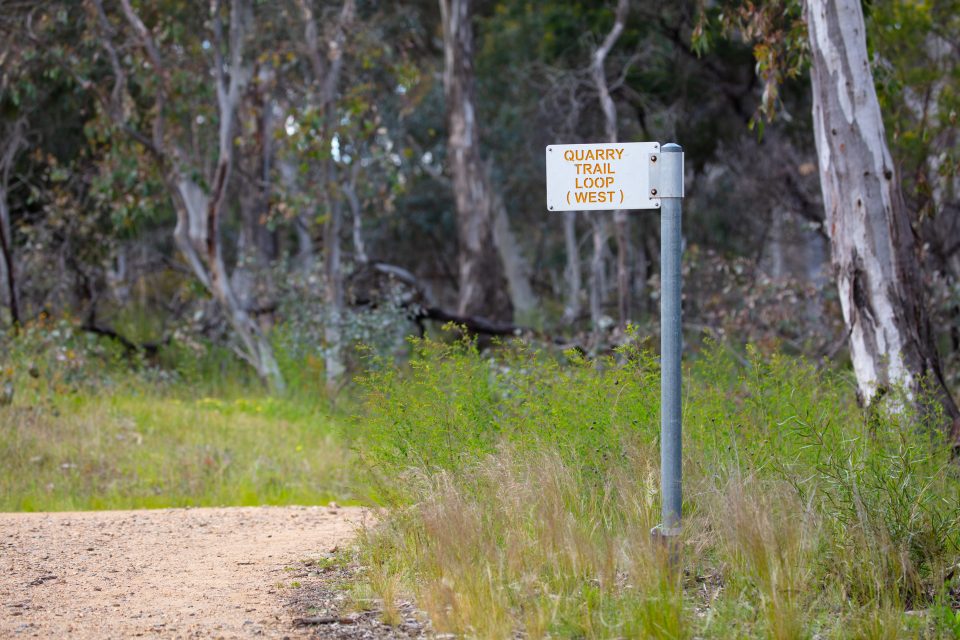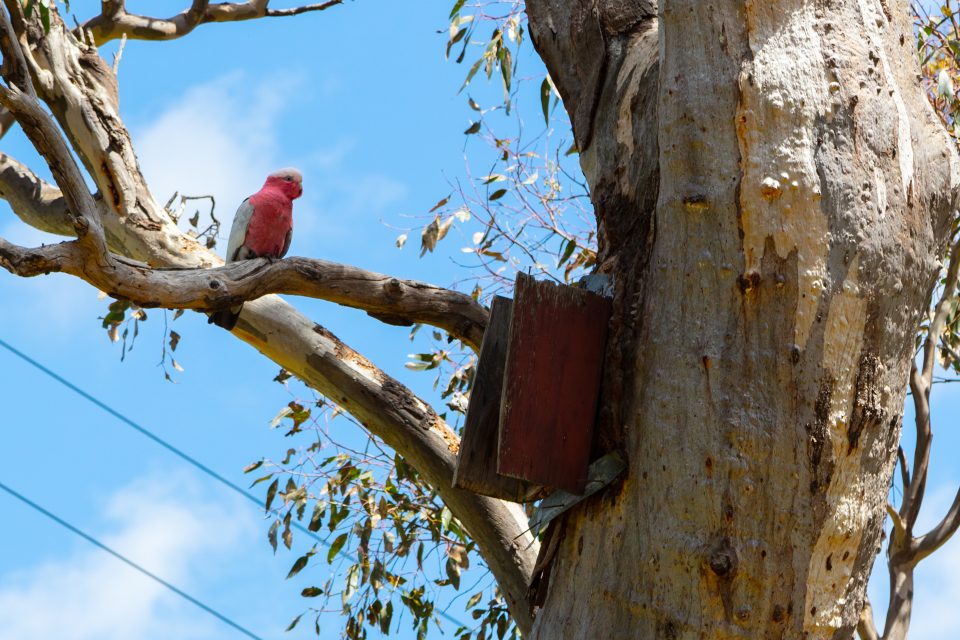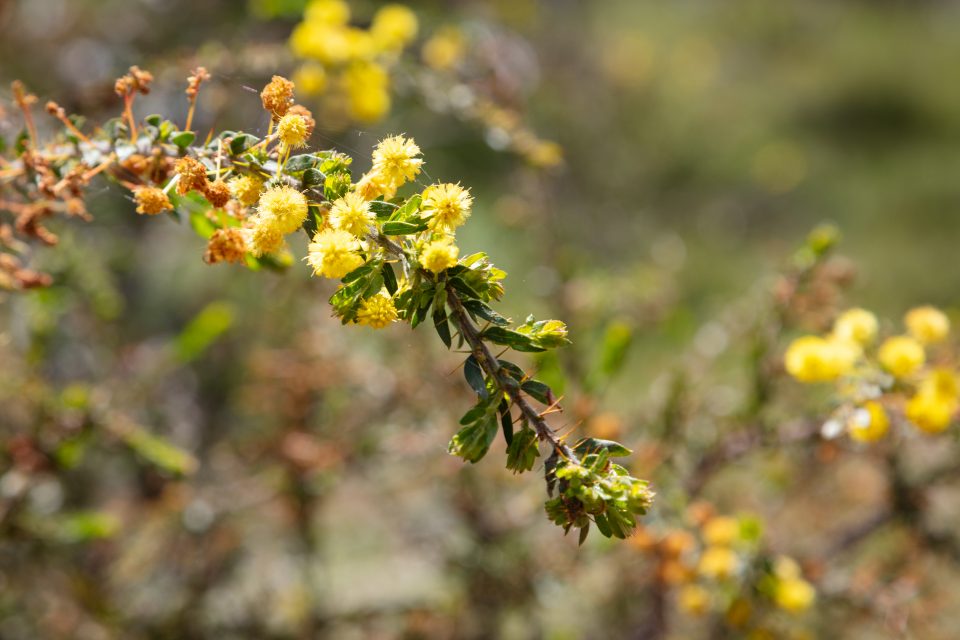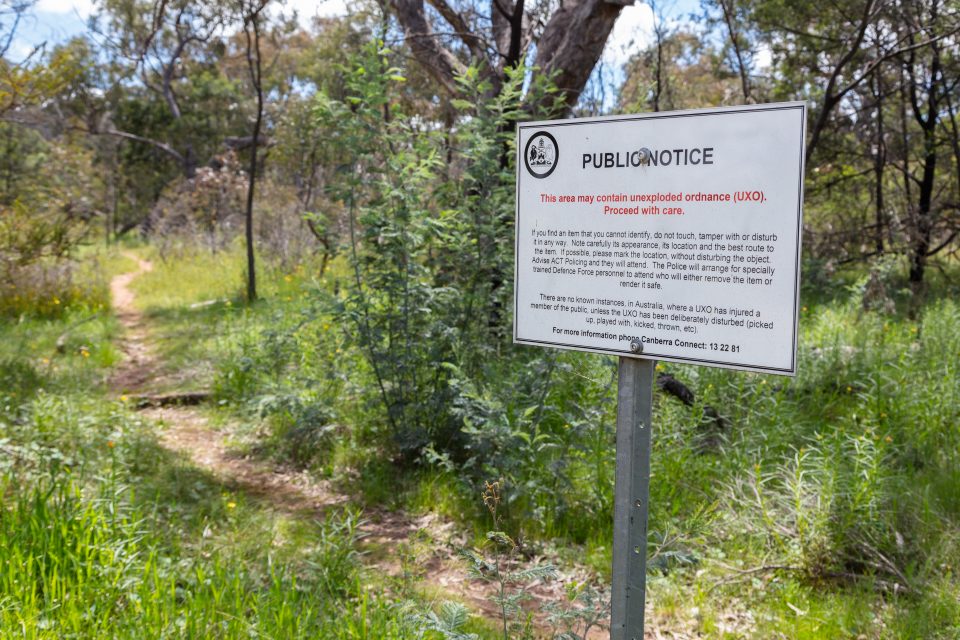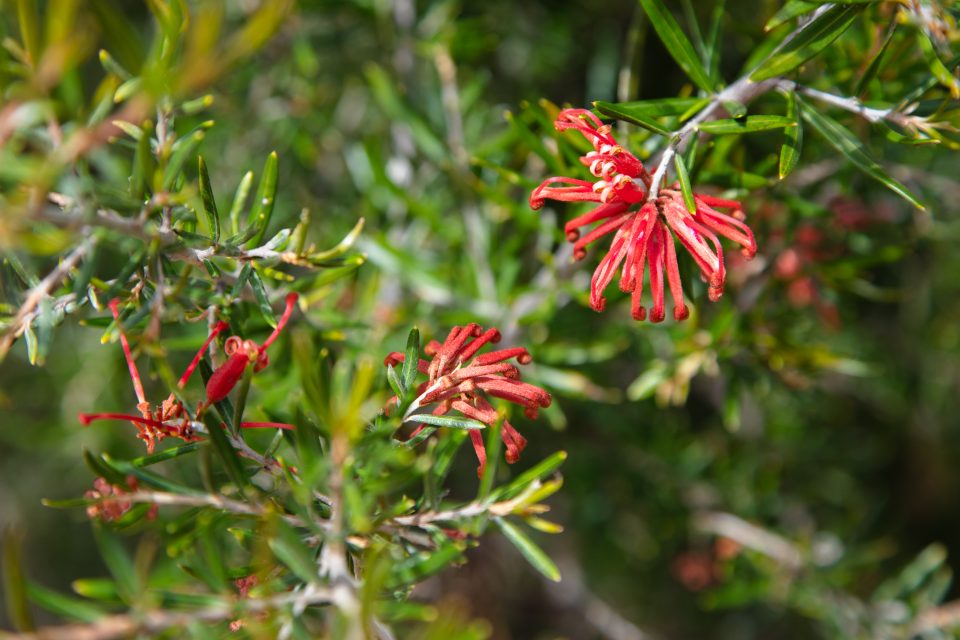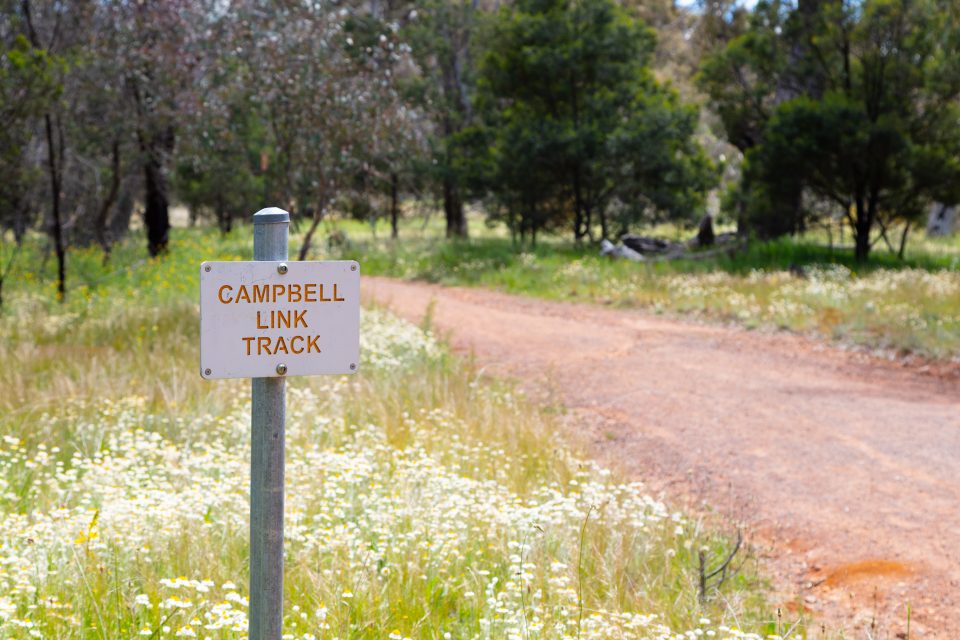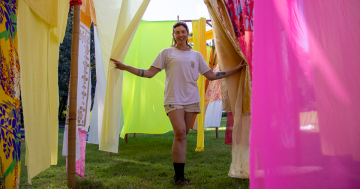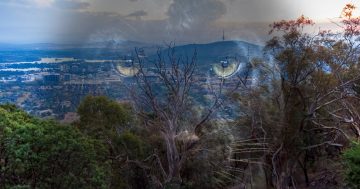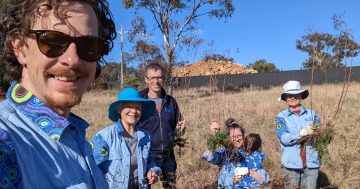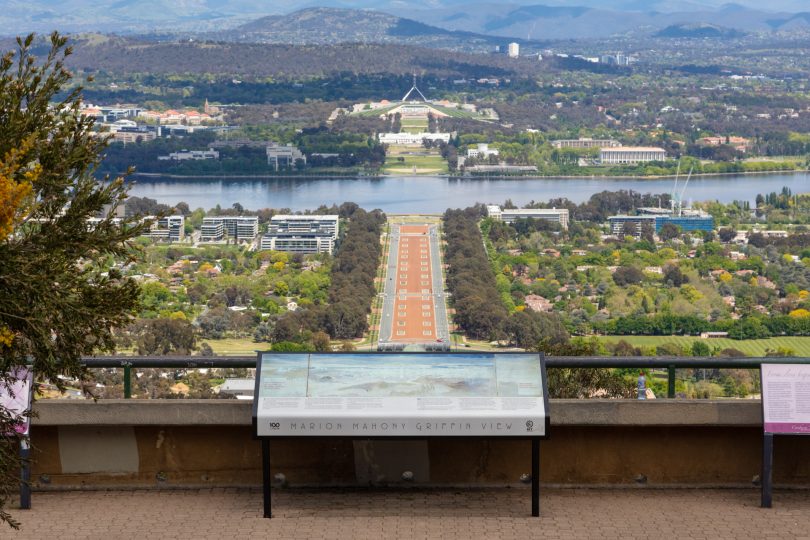
It’s not difficult to see why Mount Ainslie is a popular lookout. Photo: Michelle Kroll.
Mount Ainslie is loved by many – hundreds every day, in fact – who traverse its trail to the summit for fitness or to draw in the beauty of the city’s panorama.
COVID lockdowns have highlighted to many of us how much we relish our open spaces and our parks and reserves. There are 39 locations of Canberra Nature Park within the ACT, and Mount Ainslie is one of these.
Regarded as the “women’s mountain” (along with Mount Majura because the two mountains resemble women’s breasts), Mount Ainslie plays an important role in local Aboriginal culture. It is here that for millennia, “secret women’s business” has taken place. Mount Ainslie is significant for Aboriginal people, with up to 31 known Aboriginal heritage sites of cultural and archaeological significance.
A key feature in the design of Canberra, Mount Ainslie was the start of Walter Burley Griffin’s land axis. Today, an aircraft beacon casts light from the top, safely guiding flights into the capital.
Mount Ainslie is named after James Ainslie, an employee of businessman and merchant Robert Campbell.
In 1825, Campbell tasked Ainslie with bringing 700 sheep onto the Limestone Plains to determine the suitability of establishing a pastoral property. Ainslie met and formed a relationship with an Aboriginal woman who showed him good grazing ground near Pialligo. The property Campbell subsequently established nearby was called ‘Duntroon’, after Campbell’s ancestral home in Scotland.
James Ainslie played a significant role in the European settlement of the Limestone Plains. He helped develop Duntroon and expanded the sheep flock significantly over the next few years. He also took part in the capture of bushranger John Tennant after whom Mount Tennant in Namadgi National Park is named.
Tennant, an assigned convict, had absconded into the bush and hid on the mountain. He committed a number of robberies until he was apprehended by Ainslie and two others and was then sentenced to the penal colony on Norfolk Island. Much of Tennant’s booty is believed to remain hidden within the mountain, perhaps a treasure trove still to be found.
Workmen’s camps were located on the slopes of Mount Ainslie between 1909 and 1930 as the city was beginning to be developed. One such camp was located near the corner of Ebden and Chisholm Streets.
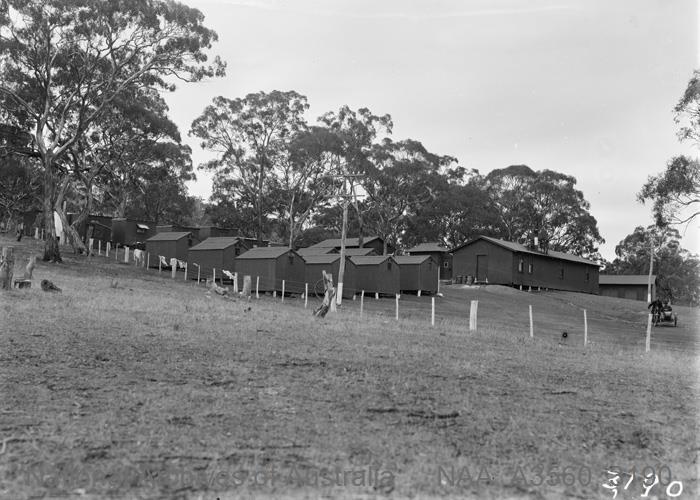
Workmen’s huts on Mount Ainslie in 1927. Photo: National Archives of Australia (A3560, 3190).
A rock quarry and stone crushing plant was also in use on Mount Ainslie during the 1930s. A tramway around the mountain was built, along with the chutes and conveyors used to transport rocks to the crusher. The crushed rocks were then used for road making.
The main walking trail is intersected by the Kokoda Track (part of the Centenary Trail, a 145 km self-guided trail through the ACT), with plaques en route to highlight events along New Guinea’s Kokoda Trail during World War II. Near the start of the Kokoda Track is another short trail leading to a memorial plaque. This was installed in 1993 as part of the United Nations Year of Indigenous People by local Campbell residents Michael and Honor Thwaites, dedicated to Indigenous people who have served in Australia’s armed forces.
Michael and Honor Thwaites were also instrumental in the 1978 declaration of Remembrance Nature Park at the base of Mount Ainslie. This was achieved with a large group of local volunteers and ACT Parks rangers, restoring the land and vegetation to a sustainable natural condition.
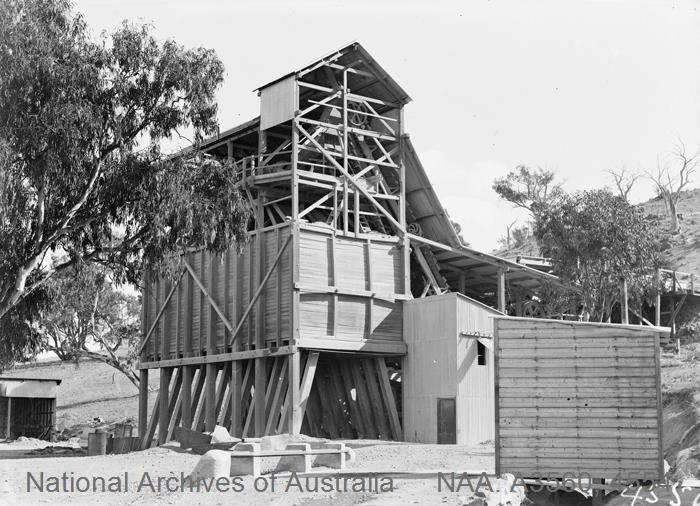
Stone crushing and screening plant on the eastern side of Mount Ainslie in 1928. Photo: National Archives of Australia (A3560, 4554).
Mount Ainslie Nature Reserve is the site of a critically endangered Yellow Box-Blakely’s Red Gum Grassy Woodland. This woodland provides habitat for a range of flora and fauna, including rare and threatened species such the endangered Canberra Spider Orchid, areas of Hoary Sunray, and stands of Drooping She-Oak which is an important food source for the Glossy Black-Cockatoo. At this time of year and heading into summer, you may see some of these, as well as Everlasting and Paper daises, Hairy buttons, lilies and orchids, and maybe even the delightful golden Button wrinklewort.
Diverse birdlife can be found on the south-eastern lower slopes above the Campbell Park Offices, particularly threatened and declining bird species. Recently, bird watchers have been enthusiastically active on social media posting images of the Red-backed Kingfisher, visiting from the semi-arid inland. The Rosenberg’s monitor was also a media hit a few years ago when a nest with eggs of this rare and cleverly camouflaged reptile were discovered and hatchlings observed by local historian and self-proclaimed “volunteer citizen scientist” Matthew Higgins.
A wonderful place to bring visitors, especially international visitors, who are gobsmacked by the fact that they can see kangaroos literally at the back of the War Memorial and just minutes from the CBD. So let’s hope we can again show all our visitors the wonderful gem with all its qualities that Mount Ainslie is. Soon!



